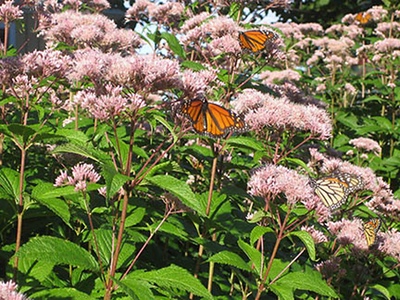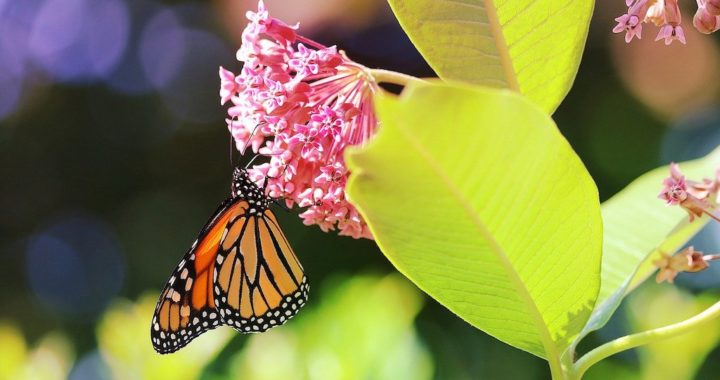The monarch butterfly population in North America has plummeted by over 90% in just the last 20 years. One of the biggest factors in monarch decline is the increasing scarcity of its only caterpillar host plant: milkweed. Without milkweed, monarchs can’t successfully reproduce and the species declines. By planting milkweed in your own garden and throughout your community, you can help reverse the fortune of these beautiful insects.
OCT wants people to understand what they can do to support monarchs and understand the role that land trusts play in providing habitats to support biodiversity - Monarchs included.
A coalition of land trusts and conservation organizations will be conducting workshops on the Casco Bay Islands during 2015 summer season. Oceanside Conservation Trust, Peaks Environmental Action Team, Southern Maine Conservation Collaborative, Chebeague and Cumberland Land Trust and others want to raise awareness of Monarchs and of ways to improve their numbers through direct local action in the Casco Bay area.
Monarch butterfly habitats: open areas, meadows, fields, marshes, home gardens, and roadsides.
Larval food plant: milkweed.
Adult foods: flower nectar of various species of milkweed and composites such as Joe-Pye weed, aster, thistle, ironweed, gayfeather, cosmos, and goldenrod. Also mallow, lantana, buttonbush, dogbane, lilac and various species of mint.
The monarch butterfly’s annual cycle:
- Late May: milkweed greens up.
- June 20-25: monarchs appear, females seeking milkweed to lay eggs.
- End of August: milkweed dries up, the migration south begins.
- September 3-15: peak migration period.
- September 11: the middle of migration.
- Middle of October: becomes too cold for butterflies - below 50 deg F.
- Some indicators of migration are the flowering of New England Aster, golden rods and Joe Pye weed all nectar sources.


